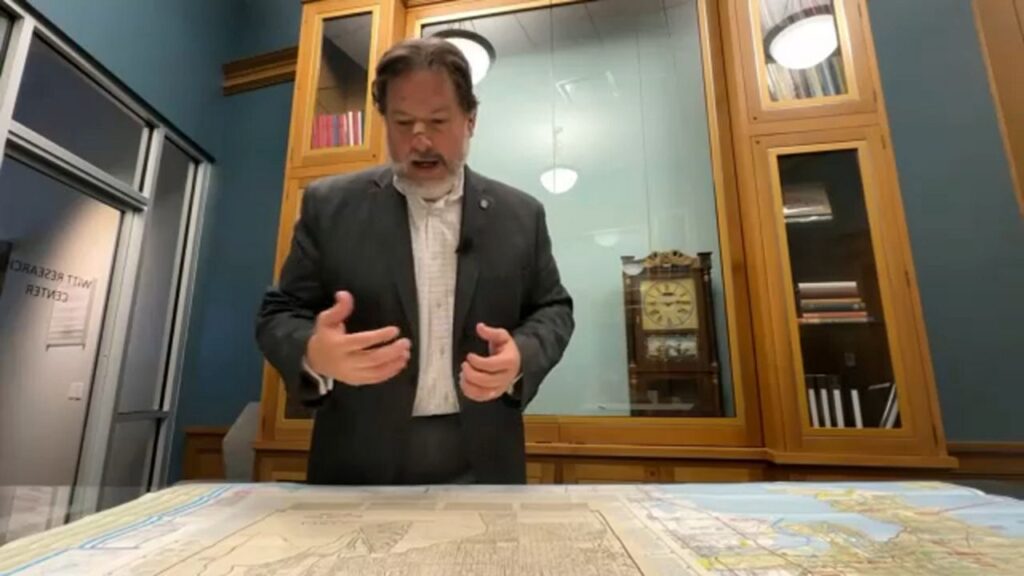Housing Crisis in Tampa: The Struggles of Home Ownership
The housing market in Tampa is becoming increasingly challenging for many residents, particularly for individuals like Tatiana Morales. Despite graduating from college with high hopes, Morales found that her dreams of homeownership were dashed by rising rental costs and a lack of affordable housing options.
The Reality of Rising Costs
Barriers to Home Ownership
Tatiana Morales recently reflected on her post-graduation expectations: “I thought ‘Oh, I’ll be able to get a great job and afford to live wherever I want in the city of Tampa.’” However, her reality proved starkly different. The soaring costs of housing have made it nearly impossible for her to secure a down payment for a home, even while maintaining a stable job. Morales emphasizes, “Unless I’m very, very wealthy, that’s not really possible.”
- High Rent: Morales struggles to save for a down payment while paying extortionate rents.
- Housing Supply Shortage: The limited availability of affordable housing is a perennial issue in the Tampa area.
A History of Inequity
In her quest for solutions, Morales joined YIMBY Tampa, a grassroots organization dedicated to addressing the housing crisis. Through her involvement, she explored the deep-rooted barriers to homeownership, especially for communities of color.
Key Findings on Tampa’s Housing History
Morales discovered several pivotal issues, illustrated in the Hillsborough County 2021 Non-Discrimination Plan, which highlights a legacy of racism in housing policies:
1. Restrictive Covenants
Historical deed restrictions explicitly stated that properties could only be sold to "white people," effectively barring African Americans from becoming homeowners in these neighborhoods.
2. Redlining Practices
Financial institutions employed redlining, a discriminatory practice that denied loans in predominantly Black neighborhoods, deeming them "too risky." "It was no coincidence that often those neighborhoods that were redlined out were most often in minority neighborhoods,” said Rodney Kite-Powell, director of the Touchton Map Library at the Tampa Bay History Center.
3. Inequity of Resources
Morales also observed significant disparities in infrastructure maintenance between neighborhoods. "The city didn’t necessarily fund the same level of improvements," Kite-Powell confirmed, highlighting how Black communities have historically lagged in essential upgrades.
4. Urban Development Displacement
Construction projects like the Crosstown Expressway led to the displacement of African-American neighborhoods, prioritizing suburban development over community integrity. This raises crucial questions about local government priorities and the welfare of longtime residents.
The Current Landscape
Today, these historical injustices manifest in zoning laws and a competitive real estate market, particularly challenging for women of color. Morales notes, “It works for some people — if you’re rich, white and have housing in your family,” emphasizing the systemic barriers that continue to disadvantage those without generational wealth.
Conclusion
The housing crisis in Tampa serves as a stark reminder of the persistent inequities rooted in decades of discriminatory policies. While organizations like YIMBY Tampa strive to create equitable housing solutions, the journey towards affordable homeownership remains fraught with challenges.
Take Action
For more information on housing policies and to learn how you can get involved in efforts to improve housing equity in your community, check out YIMBY Tampa and Hillsborough County’s Non-Discrimination Plan.
By understanding the complexities surrounding the housing crisis and engaging with local initiatives, residents can contribute to a more equitable future in Tampa.


